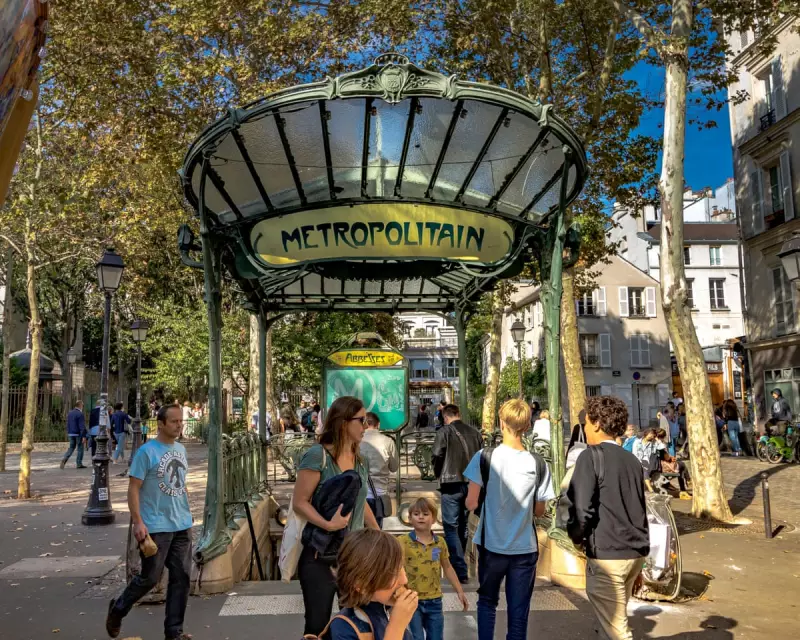
In an age dominated by artificial intelligence and digital precision, the sinuous curves and natural motifs of Art Nouveau are making an unexpected comeback. This late 19th-century movement, celebrated for its organic forms and handcrafted elegance, presents a striking contrast to today’s algorithmic aesthetics—and perhaps that’s precisely why it’s resonating anew.
The Allure of Art Nouveau in a Digital World
Born in the 1890s as a rebellion against industrial mass production, Art Nouveau embraced nature’s imperfections. From Hector Guimard’s Parisian metro entrances to Charles Rennie Mackintosh’s Glasgow tea rooms, the style transformed everyday objects into flowing works of art. Now, as AI-generated content floods our visual landscape, designers and artists are rediscovering the movement’s human touch.
Why Now?
Three key factors are driving this revival:
- Tactile Craving: In our screen-saturated lives, people yearn for physical craftsmanship—the very essence of Art Nouveau’s stained glass, wrought iron, and carved wood.
- Algorithmic Fatigue: As AI art becomes ubiquitous, its predictable patterns spark nostalgia for the irregular beauty of natural forms.
- Sustainability Synergy: The movement’s emphasis on local materials and artisanal production aligns perfectly with contemporary eco-conscious values.
Modern Interpretations
Contemporary creators are blending Art Nouveau’s principles with 21st-century tools. Digital artists use AI not to replace human creativity but to explore new interpretations of floral patterns and asymmetrical designs. Meanwhile, architects incorporate biophilic elements reminiscent of Antoni Gaudí’s work into smart buildings.
As one London-based designer noted: "Art Nouveau reminds us that technology should enhance human expression, not standardise it." This sentiment captures why the movement feels particularly relevant as we navigate AI’s creative possibilities and limitations.





